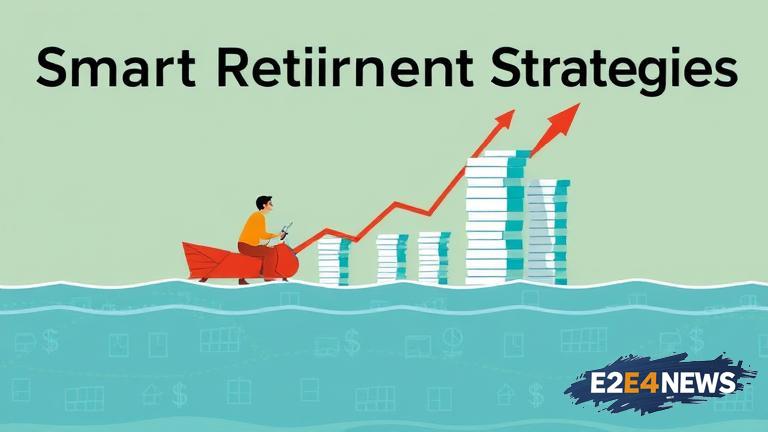When it comes to retirement planning, one of the most critical decisions individuals face is choosing where to save and invest their money. This decision can significantly impact the security and comfort of their retirement. The first step in making this decision is to understand the various savings and investment options available. For many, registered retirement savings plans (RRSPs) and tax-free savings accounts (TFSAs) are popular choices due to their tax benefits. RRSPs allow contributions to be deducted from taxable income, reducing the amount of income tax owed, while TFSAs allow investments to grow tax-free, with no taxes owed on withdrawals. However, the decision between these two should be based on individual financial circumstances and goals. For those expecting to be in a higher tax bracket in retirement, a TFSA might be more beneficial, as withdrawals are tax-free. On the other hand, if one anticipates being in a lower tax bracket, the immediate tax deduction from an RRSP could be more advantageous. Beyond these accounts, other investment options such as stocks, bonds, and mutual funds can provide growth opportunities. Diversification is key to managing risk, and a balanced portfolio that includes a mix of these investments can help ensure stability. Additionally, considering professional advice from a financial advisor can provide personalized guidance tailored to one’s specific situation. They can help in creating a retirement plan that aligns with individual goals, risk tolerance, and financial situation. It’s also important to start planning early, as compound interest can significantly grow savings over time. Regularly reviewing and adjusting the retirement plan as financial situations and goals change is also crucial. Furthermore, understanding the fees associated with different investment options and aiming to minimize them can help in maximizing returns. In conclusion, choosing where to save and invest for retirement is a personal decision that requires careful consideration of one’s financial goals, risk tolerance, and current financial situation. By educating oneself on the available options, diversifying investments, and possibly seeking professional advice, individuals can make informed decisions that set them up for a secure and comfortable retirement. Effective retirement planning also involves ongoing monitoring and adjustments to ensure that the strategy remains aligned with changing circumstances and goals. Ultimately, the smart way to retire involves a combination of saving consistently, investing wisely, and planning meticulously. This approach not only helps in achieving financial security but also in enjoying the retirement years without undue financial stress. As the retirement landscape continues to evolve, staying informed about the best strategies and options will be essential for making the most of one’s retirement savings and investments.
Tue. Oct 21st, 2025
